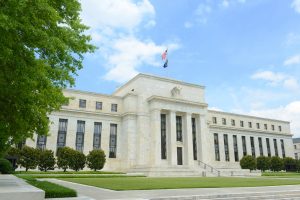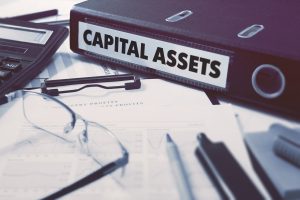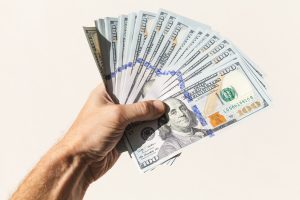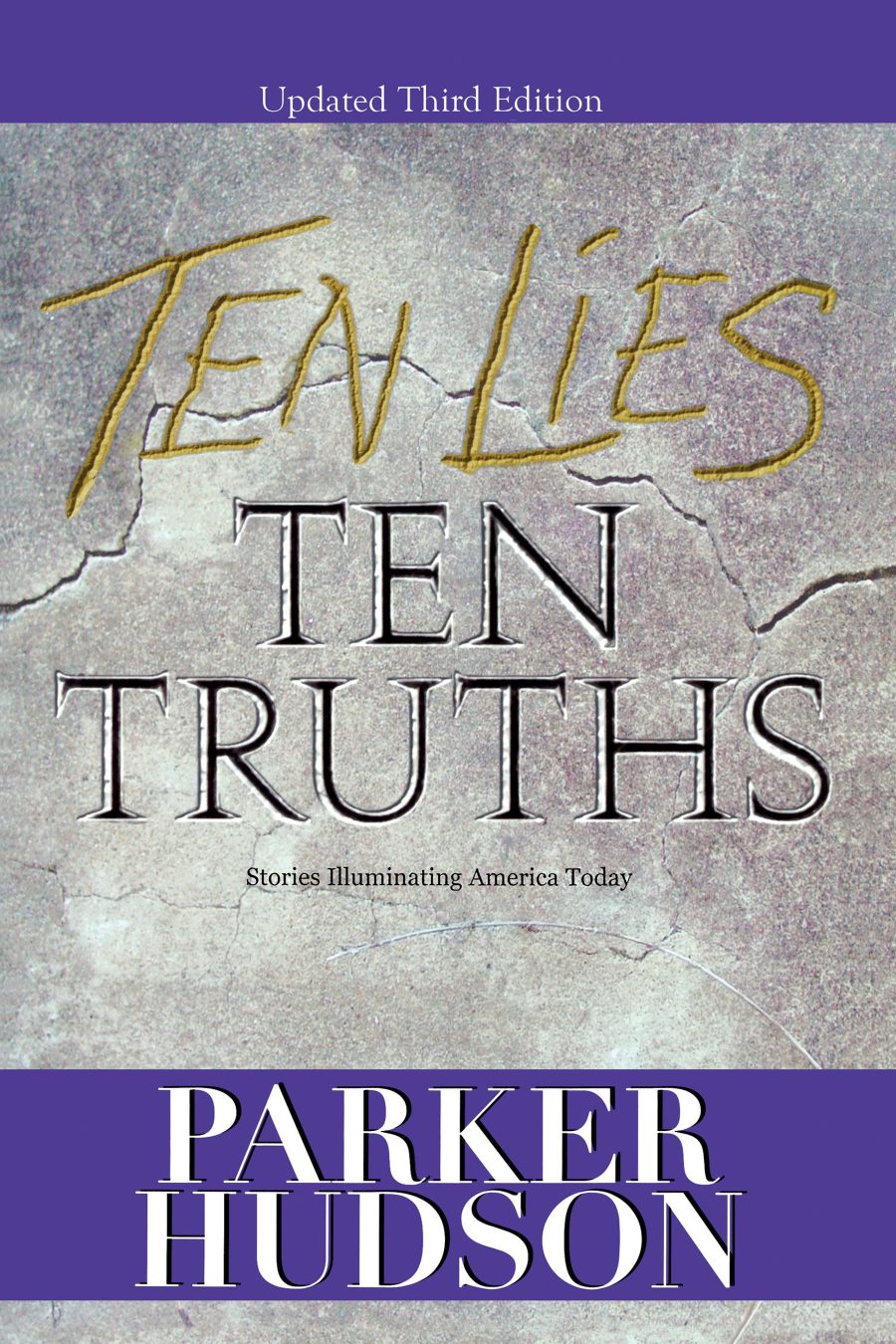This post is part of my series on Black Swans and the crucial need to keep real Margin built into our lives.

There have been many books and articles written on the Financial Crisis of 2007-2011, but Ball’s book focuses on the key turning point, the Lehman bankruptcy. His focus on that detail reveals volumes about what came before and after, and on how much worse the next Black Swan may be.
And there will be another one. Just because we’ve been ten years doesn’t mean that we’ve solved the problem. Remember that a Black Swan event by definition is virtually invisible beforehand, but is immediately obvious to everyone once it arrives. So be ready with savings, liquidity, multiple sources of income, etc., as described in earlier posts.
It is my own point here that Wall Street innovations, papering over risks, greed, the economic cycle, and
And it is Ball’s well researched point that not only could the Lehman bankruptcy have been easily averted with then-existing Fed policies and processes, it was actually caused to happen by inexplicable government intervention. As importantly, Dodd-Frank, contrary to common belief, now actually makes that kind of disruptive government intervention more, rather than less, likely the next time.
The three key players for the Fed and the government in mid-September, 2008 were Ben Bernanke, the Chairman of the Fed’s Board of Governors, Henry Paulson, the Secretary of the Treasury, and Timothy Geithner, the President of the New York Fed. Before and after Lehman’s bankruptcy, all
After detailed investigation, based on publicly available records, emails, bankruptcy filings, accounting reports, testimonies and memoirs, Laurence Ball shreds the rationalizations of these three men as simply being untrue.
“The truth is that Lehman’s failure could have been avoided, and that policymakers did not need to be particularly clever to achieve that outcome. Lehman only needed the kind of well-secured liquidity support that the Fed provided liberally to other financial institutions…Indeed, Lehman probably could have survived if the
Instead, and thereby affecting millions of people around the world, the Fed’s decisions precipitated “the worst financial crisis and deepest US recession since the 1930s.” (page 226)
“From shorty after the bankruptcy until today, the Fed’s leaders in 2008 have given an account of the episode that absolves themselves of the blame for Lehman’s disastrous failure. Everyone should understand that this version of history is not rooted in reality.” (page 228)
If the Fed had the authority and Lehman had more than enough collateral for a loan, then why did the Fed not lend to it? Because of political pressure from the government.
“Under the Federal Reserve Act as it stood in 2008, the authority to lend or not to lend to Lehman rested solely with the Federal Reserve.
“The decision that Lehman should fail was made primarily by Treasury Secretary Henry Paulson, a government official with no legal authority in the matter. From September 12 to 14, Paulson tried to broker an acquisition of Lehman, and when that failed, he decided the firm should file for bankruptcy. Fed officials including New York President Geithner followed Paulson’s directions, and then reported what was happening to Ben Bernanke in Washington.
“…two factors appear relevant. One is that Fed policymakers wanted political support from the Treasury for their controversial actions during the financial crisis. The other is the frequently noted difference in personalities between Henry Paulson and Ben Bernanke.” (page 195)
According to Ball, the Bush White House was stung by criticism from both sides of the political aisle for “saving” Bear Stearns in March, and then Freddie Mac and Fannie Mae on September 7th. Paulson arrived for talks with Lehman declaring there would be no public money for Lehman, so that he, Paulson, would not be known as “Mr. Bailout”.
In short, the decision was made beforehand to subvert the normal rules and processes of the Fed in order to achieve a political objective for the then current Administration.
I recall that many of us at the time probably agreed with that outcome (though we did not understand the subversion until Ball’s research brought it to light), in the sense that we thought those “greedy Wall Street bankers” must pay for their bad decisions and reckless investments.
While part of me still clings to that desire for “justice”, the truth is that there will again be runs on financial
No matter how we feel about bankers, the point of regulations and rules is to set up processes that everyone understands, to be followed in a crisis. Instead, and far worse at that time and as a precedent, Bernanke and Geithner let the government pick a lot of winners and one big loser, with disastrous consequences not just for the loser, but for almost a decade of lost employment and economic growth worldwide.
And now here comes the really bad part. What Paulson did in 2008 to intervene by force of will is now enshrined into law by the Dodd-Frank Wall Street Reform Act of 2010.
With the next financial crisis, “when a major financial institution experiences a run, but has collateral, the Fed should lend it the cash it needs to avert a sudden and disorderly bankruptcy.” (page 226)
Unfortunately, that may not be possible. In addition to some good things, like requiring more bank equity capital and restricting risky investments, “the Dodd-Frank Act also revised Section 13(3) of the Federal Reserve Act to significantly limit the Fed’s lending authority. Today, the Fed cannot lend to an institution deemed ‘insolvent’ or ‘failing’; any lending must be designed for a substantial number of firms, not just one (like the rescues of Stearns and AIG); and all lending must be approved by the Secretary of the Treasury….Going forward, even if the Fed’s leaders are determined to resist political pressures, their actions to preserve financial stability may be vetoed by Treasury Secretaries motivated by politics.” (page 227)

If you are a student of this sometimes complex chapter in our nation’s history, I really recommend Laurence Ball’s book.
But student or not, we should all be interested in stronger rules to reduce the negative impacts of greed, risk and complicated financial tools, as parts of Dodd-Frank and other legislation address. But giving the government the legal authority to intervene—which The Treasury did in 2008 by the force of one man’s will—to pick winners and losers, instead of following the rules, is a recipe for an even worse disaster in the future.
We may think we’re better off now to defend against a financial Black Swan. But Ball points out that in several significant ways, we are not. We all better re-check our Margins.



Thank you Parker for posting this article. Mystery “solved!”
Back in 2008, I can remember wondering why Lehman got picked out to go bankrupt and the other large investment bankers didn’t. In the media accounts I saw at that time and later, this very big detail was never explained. Most of us had our eyes on how other sectors of the economy were tanking and the ‘why’s’ of Lehman’s fall got lost in the shuffle.